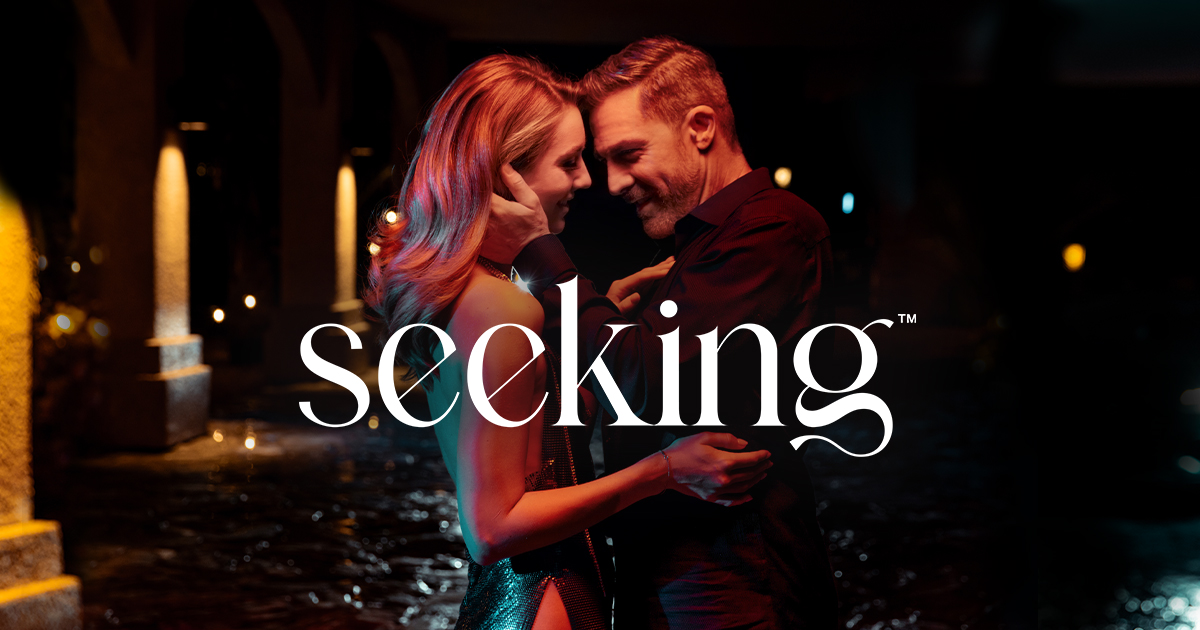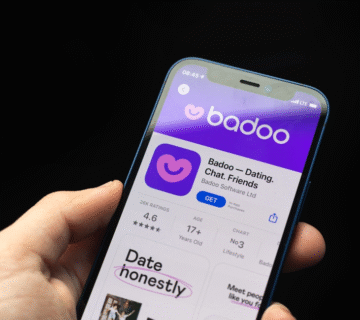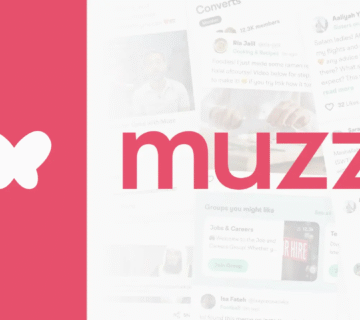Choosing the right dating platform can be the defining factor between wasting time and genuinely connecting with someone compatible. If you’re debating “Which is better: eHarmony or Seeking?”, you’re not alone—these two platforms cater to vastly different audiences with unique goals and methods.
Overview: eHarmony and Seeking at a Glance
eHarmony: Founded by a clinical psychologist, eHarmony is one of the world’s oldest and most trusted dating platforms, built for people specifically seeking serious, committed relationships or marriage. The platform is known for its science-backed compatibility matching and a lengthy onboarding quiz that filters for the highest intent.
Seeking (Seeking.com): Originally known as Seeking Arrangement, Seeking is a premium, global dating app popular with affluent singles and younger “attractive members,” seeking either luxury lifestyle partnerships or mutually beneficial, transparent “arrangements.” The platform is famous for sugar dating but is now used by a wider variety of ages and relationship goals.
Core Purpose & User Intent
eHarmony:
-
Designed for people who want long-term, committed relationships—marriage or serious life partnerships are the primary use case.
-
Requires a deep personality and relationship-style quiz, matching users based on psychological compatibility rather than quick surface swipes.
-
You may be rejected during signup if your answers don’t align with eHarmony’s standards or intent for sincere, long-term relationships.
Seeking:
-
Caters to those interested in upscale, sometimes transactional relationships (including “sugar” arrangements), mentorship, or luxury dating.
-
Members often define expectations upfront: Some are serious about romance, others are explicit about mutually beneficial or non-traditional relationship structures.
-
No compatibility quiz—matches are found via search filters including lifestyle, income, age, and other specific attributes.
Features & Experience
| Feature | eHarmony | Seeking |
|---|---|---|
| Matching Algorithm | Lengthy personality quiz, algorithm driven by compatibility and relationship values | Filter-based, member-driven search by lifestyle, income, location, appearance, directly state preferences |
| Messaging | Premium members can connect and message matches; limited for free users | Messaging is largely paywalled, but more open for eligible “Attractive” members (women, students) |
| Profile Quality | In-depth, values and personality-based; less focus on looks | Luxury/lifestyle focus; option to include income/net worth; heavy emphasis on authenticity, status, and photos |
| Safety & Verification | Strong scam prevention, required ID verification for some features, low rate of fake profiles | Verification and background check options; more vulnerable to fake profiles due to high-value attraction, but ongoing improvements |
| User Base Size (2025) | About 45 million | 46+ million[previous research] |
| Typical Users | Ages 30–49, career stable, seeking marriage or life partner | Majority women 18–28 (“babies”), men 35+. Many seeking arrangements, but growing long-term audience. |
Pricing and Value
eHarmony:
-
Often more expensive than general dating apps, but you’re paying for high-quality matching and fewer fake or unserious users.
-
Plans start at $25.90/month for Premium, with discounts for longer commitments.
-
Free membership allows browsing, but messaging and advanced features require payment.
Seeking:
-
Considered premium: Plans start at $109.99/month for Premium; Diamond features cost more.
-
Certain members (especially verified women or students with .edu emails) may get upgraded messaging for free or heavily discounted rates.
-
You pay for full-featured search, privacy options, premium profile boosting, and more.
Success Rates and Relationship Outcomes
eHarmony:
-
Praised for fostering high-quality, lasting connections. Studies show couples who meet on eHarmony are more likely to stay together long-term.
-
Widely regarded as the “gold standard” for seeking marriage and serious relationships; detailed success stories and a decades-long positive track record.
Seeking:
-
More mixed: while many find meaningful “sugar” arrangements or luxury dating experiences, not everyone is seeking commitment.
-
Users looking for strictly traditional relationships may need more time to vet compatible matches.
-
However, Seeking’s transparency is unmatched: both parties know what the other wants from the start.
Demographics & Who Should Use Which Platform?
eHarmony is best for:
-
Men and women (typically ages 30–49) who want marriage, cohabitation, or lifelong partnerships.
-
People who are tired of swiping and superficial apps, and are willing to invest time in compatibility testing.
-
Older adults: eHarmony remains a strong choice for singles over 50 seeking real partners.
Seeking is best for:
-
Younger women and college students seeking lifestyle or “arrangement” opportunities, or mentoring relationships with successful men.
-
Affluent professionals (mid-30s and up) desiring luxury dating, companionship, or clear arrangement terms.
-
Anyone who values upfront negotiation of relationship terms, luxury/lifestyle benefits, or high-status matching.
User Experience & Reviews
eHarmony:
-
Users describe eHarmony as “intentional, slow-paced, and compatibility-driven”—not for those seeking quick flings or casual chats.
-
Some report fewer matches, but a much higher quality and a lower rate of ghosting or catfishing versus other apps.
Seeking:
-
Members appreciate the advanced searches and ability to define relationship boundaries up front.
-
Some detractors mention issues with fake profiles (due to the platform’s “sugar” reputation), and the high cost for men.
-
Fast-moving direct messages; openness makes negotiating expectations easier for those comfortable with the format[previous research].
Security and Authenticity
-
eHarmony is widely recognized for its low scam and fake profile rates, due to strict verification and the compatibility quiz. Premium members are vetted, and serious daters appreciate the safe, supportive digital environment.
-
Seeking uses verification and even background checks for Diamond-tier members, but luxury dating always attracts more scammers; vigilance is necessary, especially with money or transfer requests.
Read More: Understanding the Male to Female Ratio on Seeking (2025): A Comprehensive Guide
Final Verdict: Which Is Better?
-
Choose eHarmony if you want a long-term, serious relationship with someone who shares your values, and are willing to invest in intentional matching.
-
Choose Seeking if you want high-status dating or “arrangements,” and are comfortable with unconventional or luxury-driven relationship dynamics.
Your experience will ultimately depend on your location, your goals, and your approach to online dating. Geography and demographics matter: eHarmony users are quality-driven but fewer in number than more general apps, while Seeking caters to a distinct luxury/arrangement niche.








[…] Read More: eHarmony vs. Seeking: Which Is Better in 2025? A Complete Guide […]
[…] Read More: eHarmony vs. Seeking: Which Is Better in 2025? A Complete Guide […]